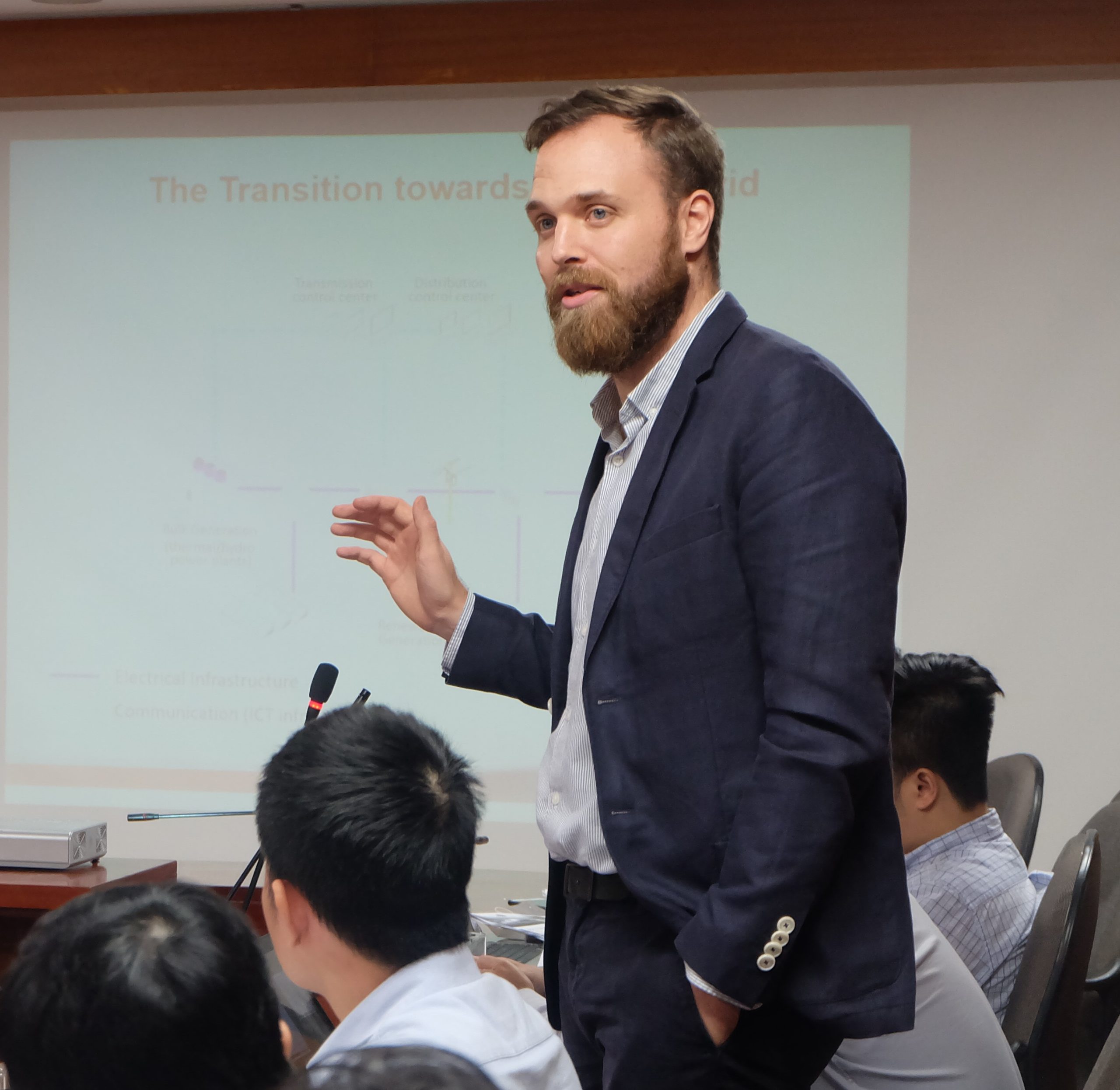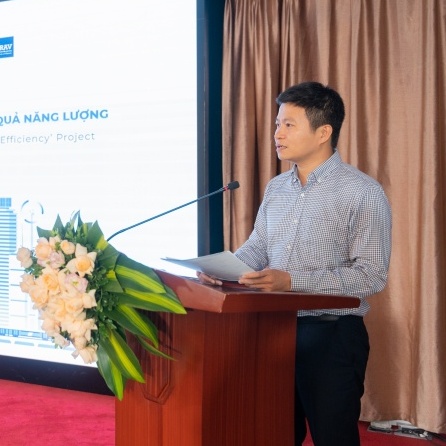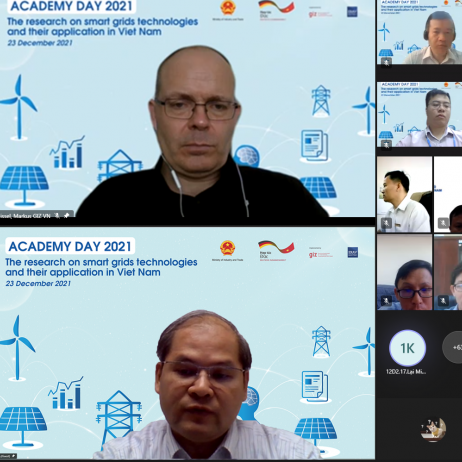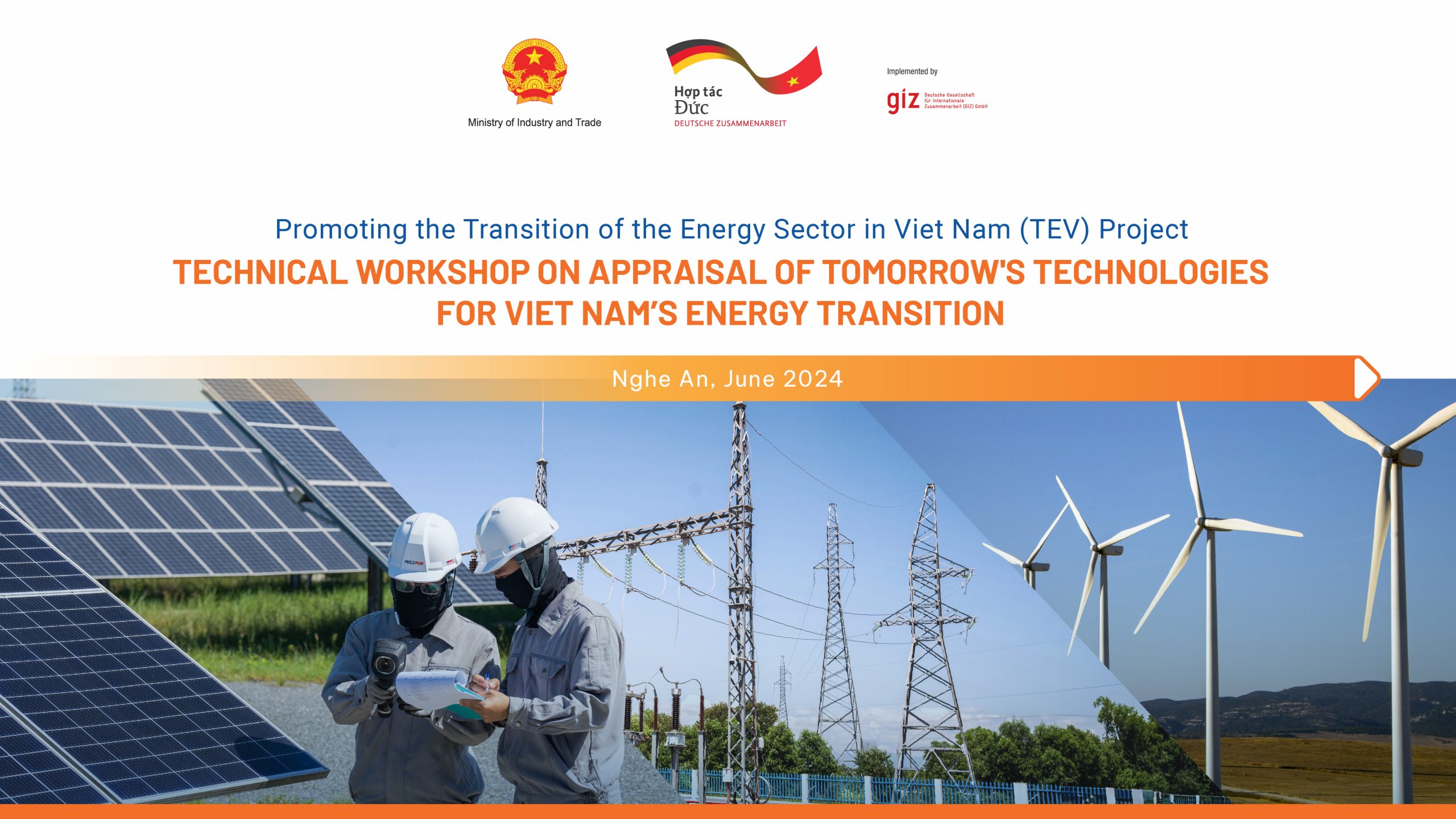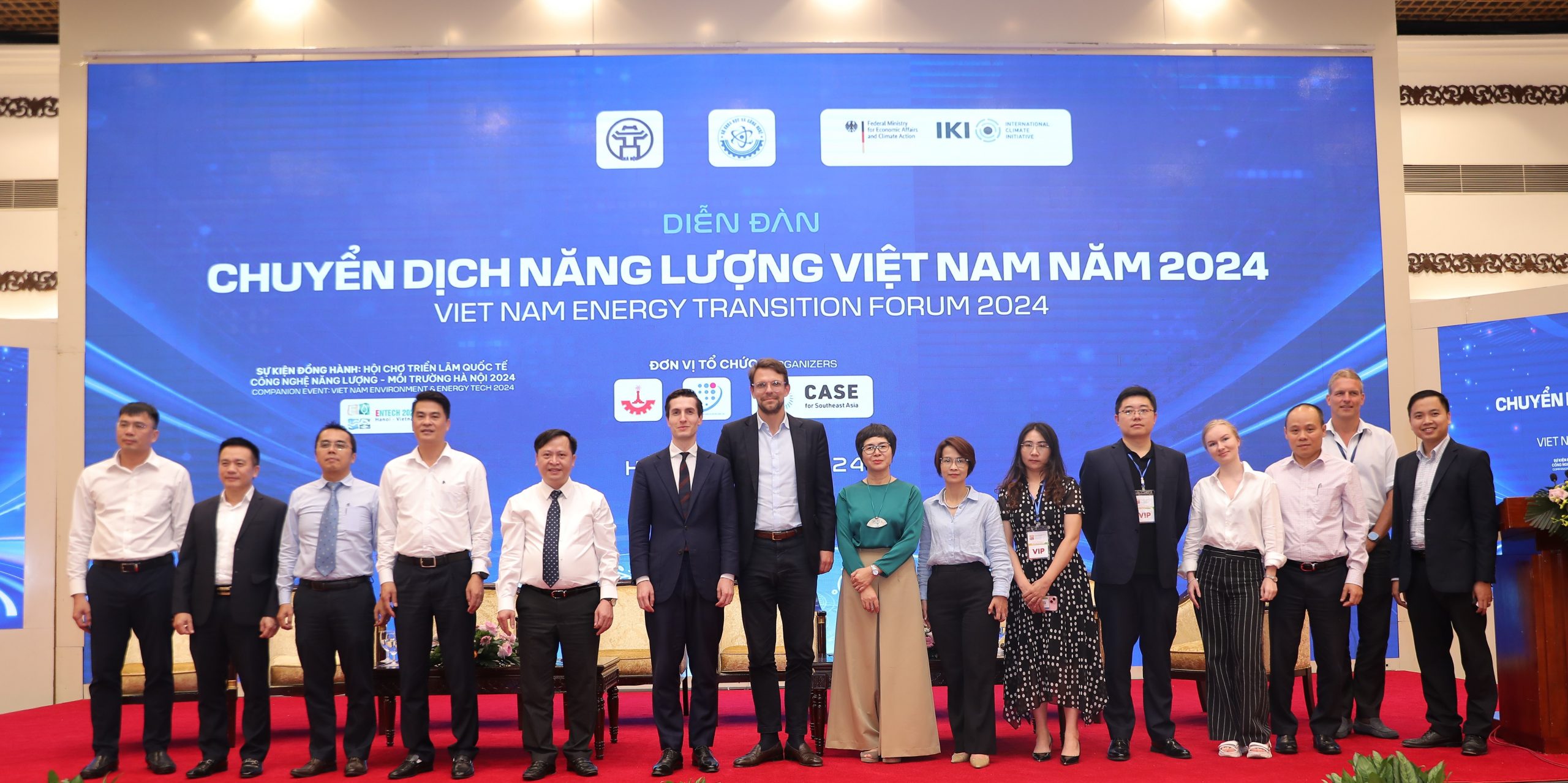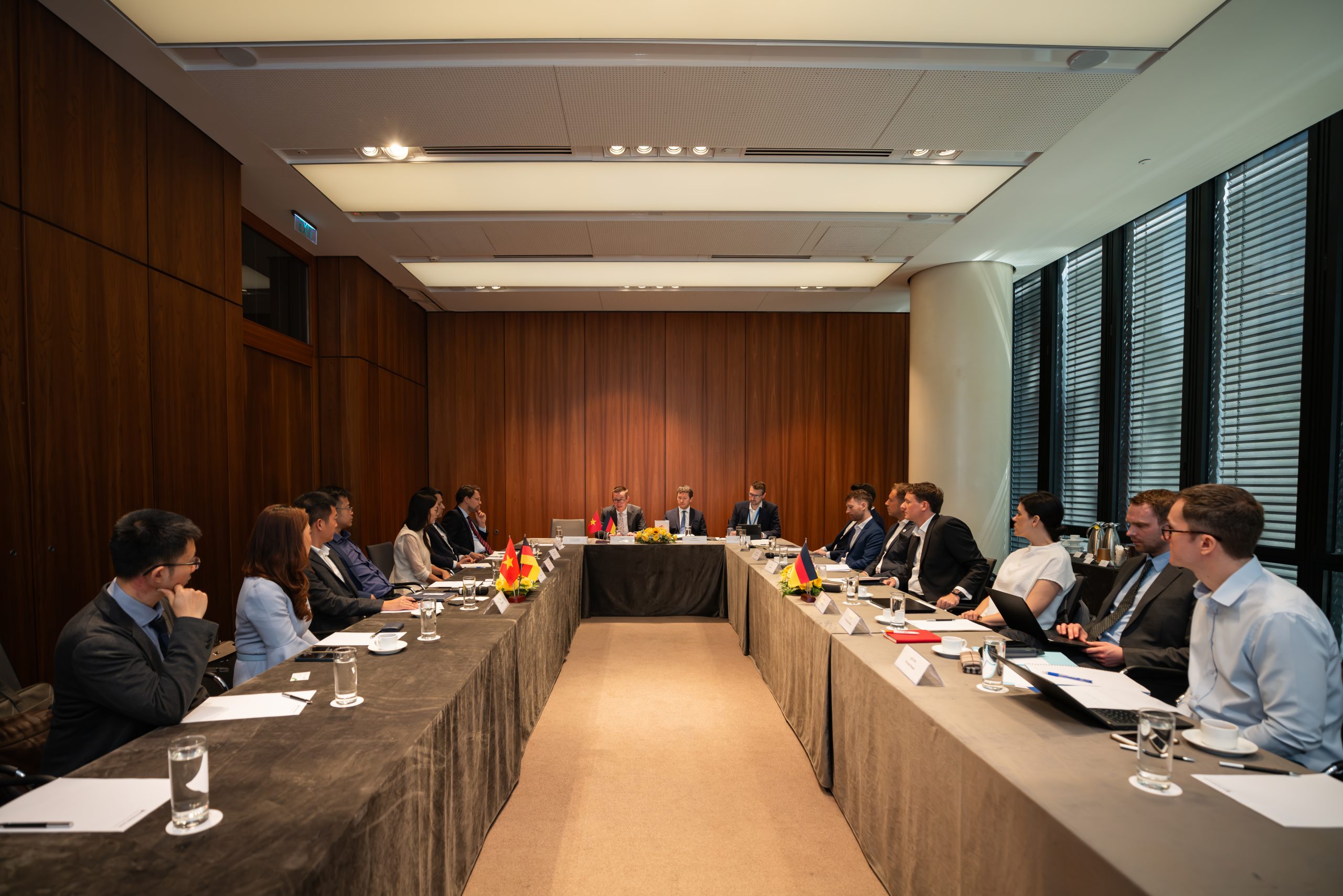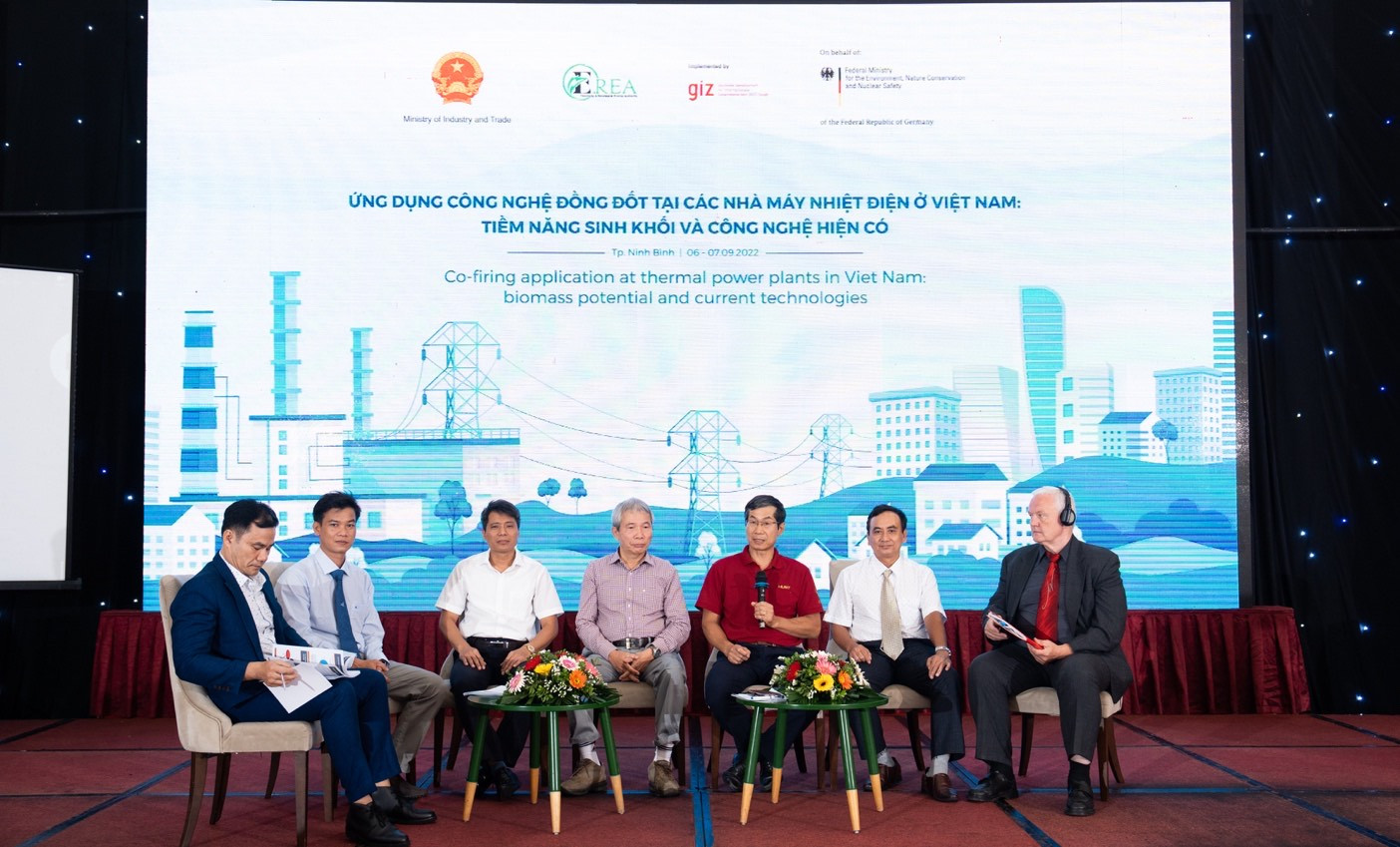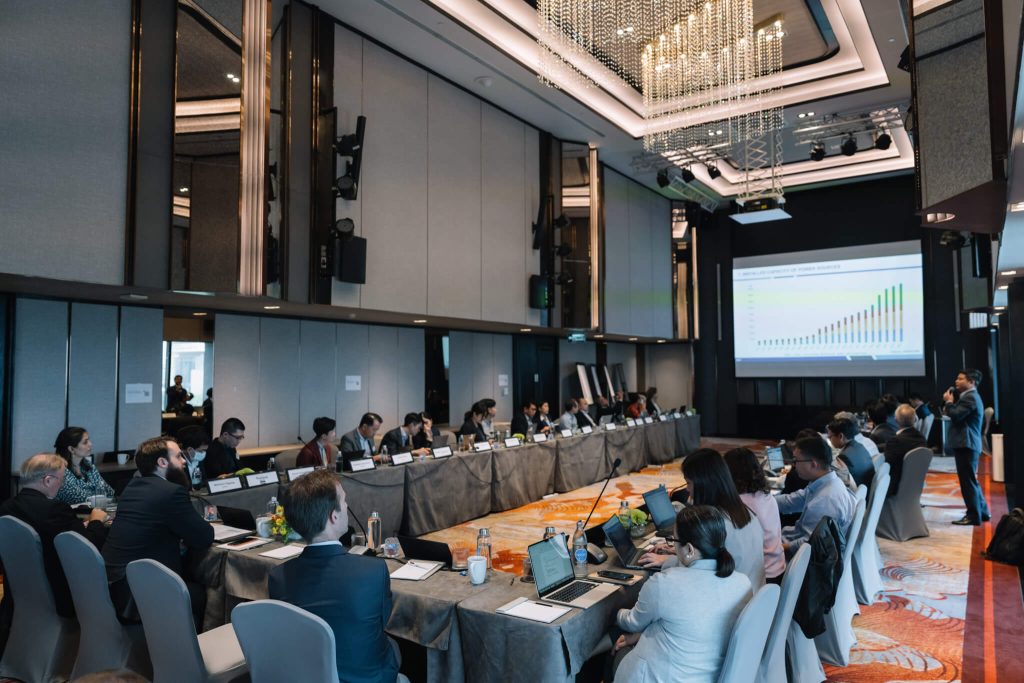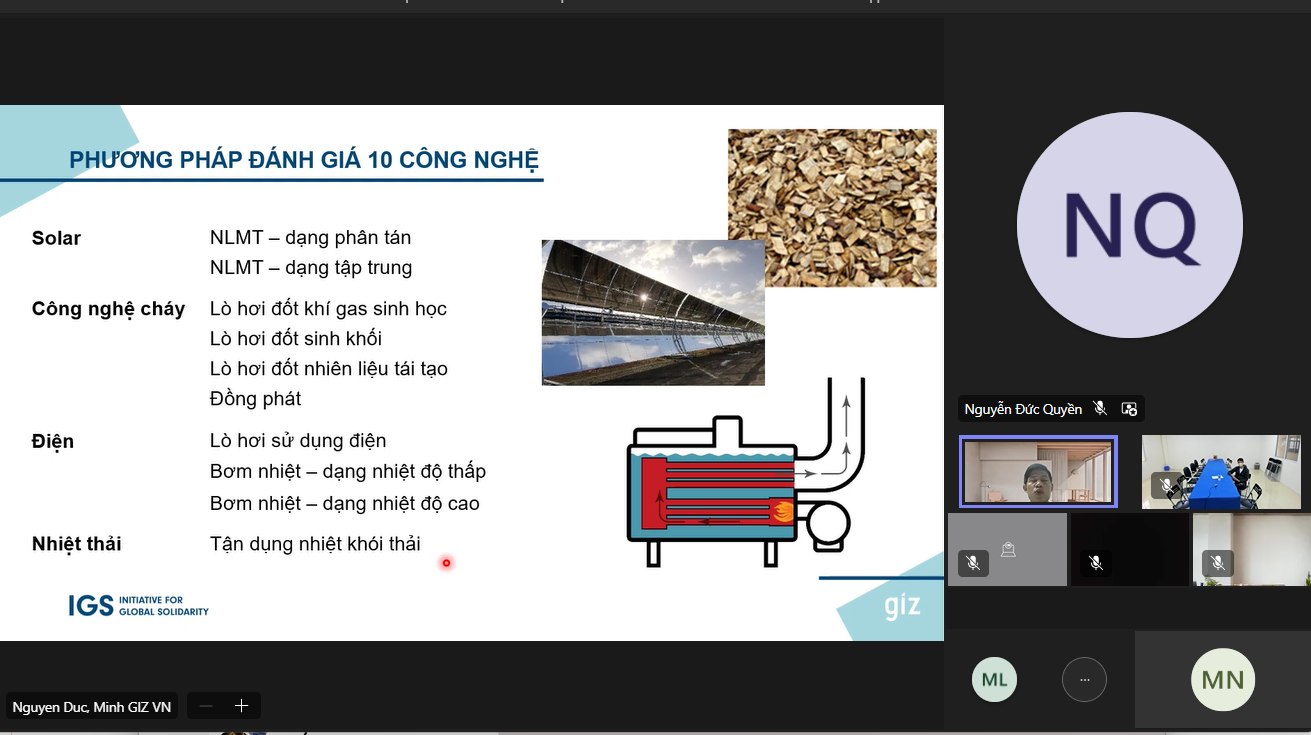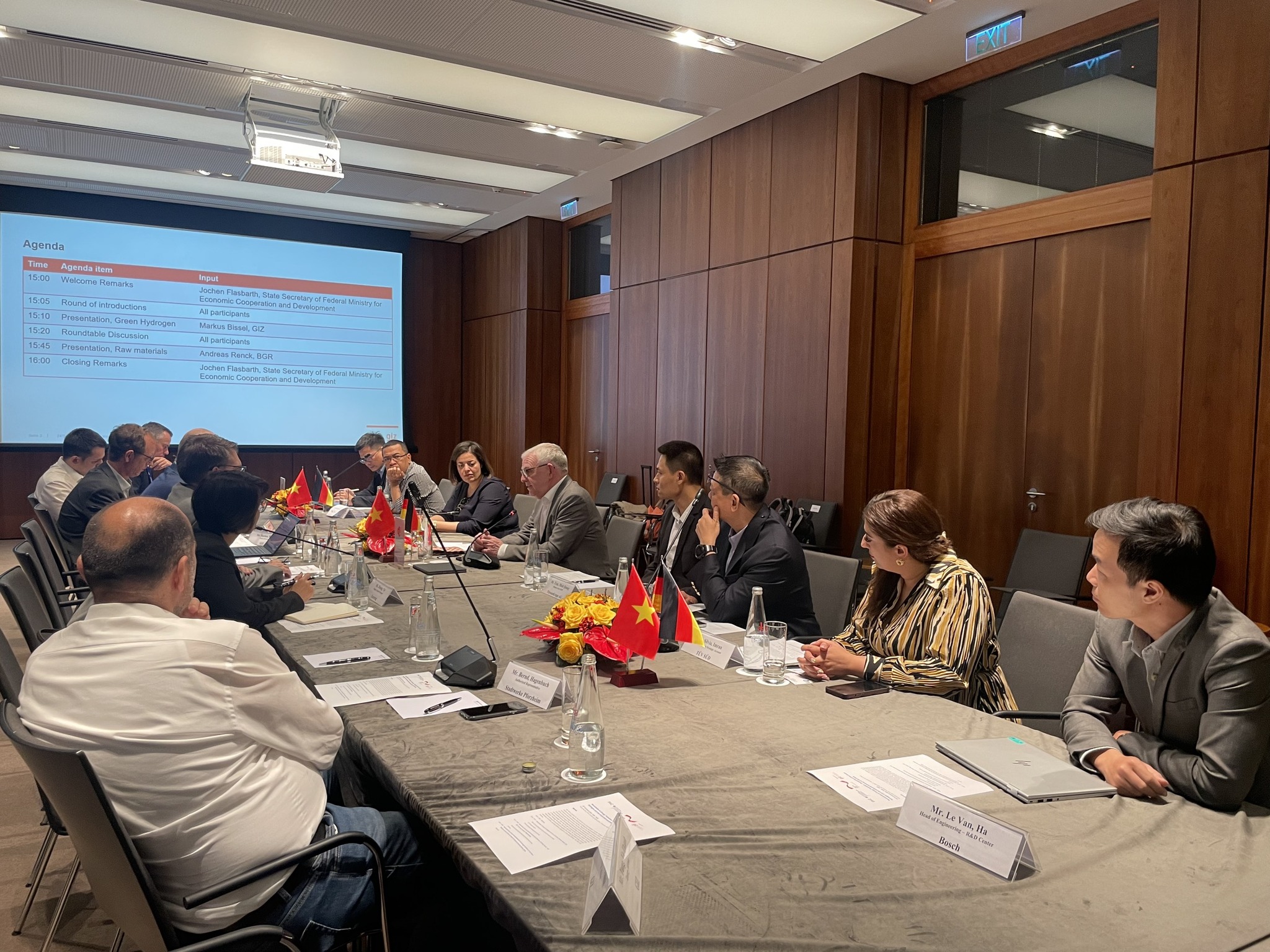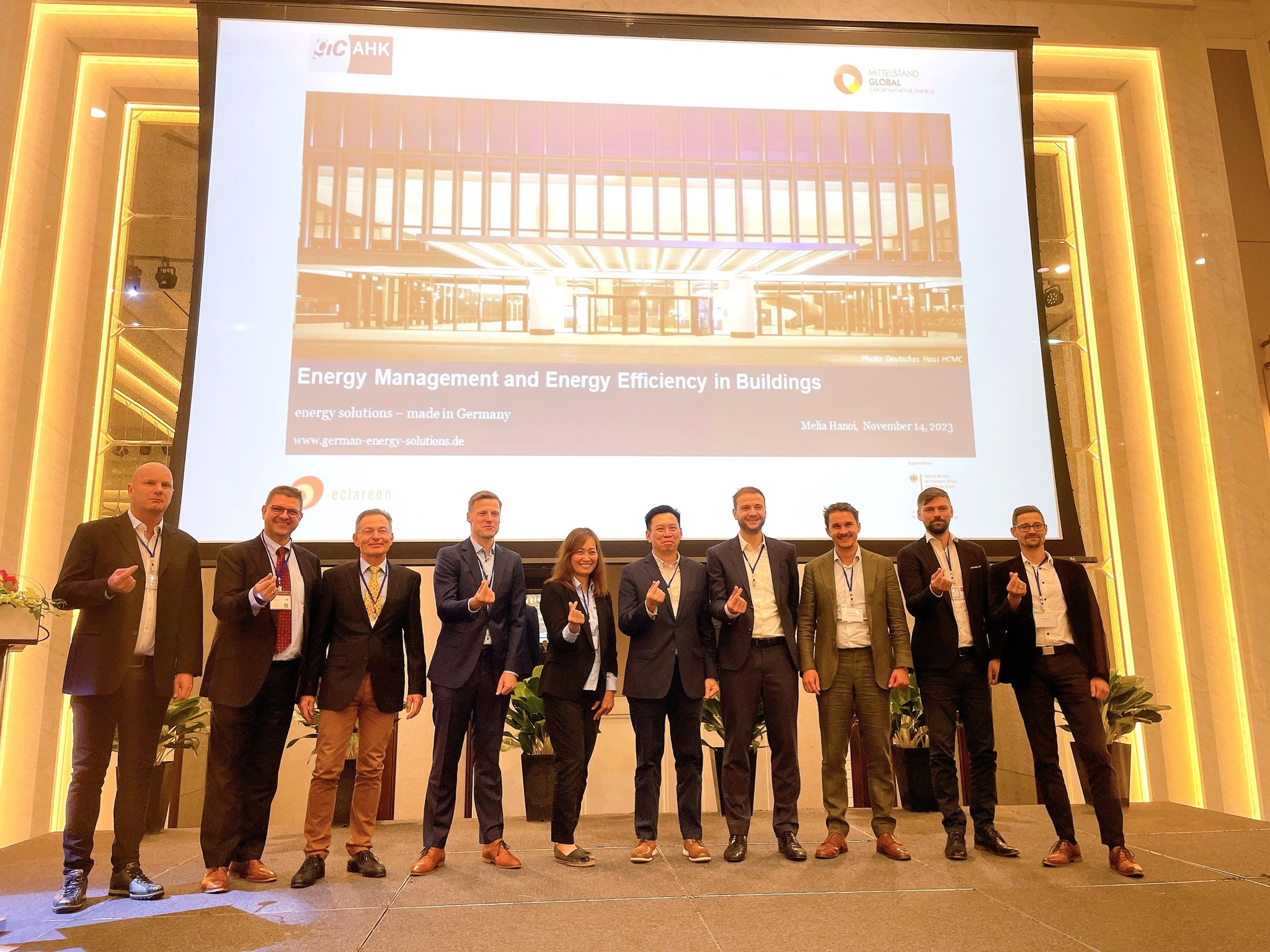The annual meeting of Steering Committee on Smart Grid Development took place in Hanoi on April 4, 2019 to review last year’s activities in the implementation of the Smart Grid Road Map and decide plans for 2019.
Mr. Nguyen Anh Tuan – Director General of the Electricity Regulatory Authority of Viet Nam (ERAV) – chaired the event on behalf of the Ministry of Industry and Trade. Participants were representatives from Ministries of Planning and Investment, Finance, Science and Technology, Construction, the Electricity of Vietnam and other relevant agencies.
Representatives of the Deutsche Gesellschaft für Internationale Zusammenarbeit (GIZ) GmbH also participated in the event, presenting an overview of its Smart Grids for Renewable Energy and Energy Efficiency (SGREEE) project and introducing feasible smart grid technologies and solutions for the integration of renewable energy sources into the power system of Viet Nam.
By February 2019, Viet Nam’s overall installed electricity generation capacity was 50.3 GW, with the dominant sources for power production hydro power (40%), coal (37.6%), natural gas (18.1%) and imports (2.8%). The country aims to increase its renewable energy share in power production substantially (e.g. 800 MW for wind and 850 MW for solar up to 2020), according to the national Power Development Plan (PDP VII revised, March 2016). Due to successful incentive mechanisms for the development of wind and solar energy resources, 400 MW of wind and up to 2,000 MW of solar are expected to be connected to the grid by the end of 2019 and the figures will increase more afterwards.
However, this transition of the power sector is a challenge to the grid management which has to ensure the electricity supply’s reliability, long-term security and affordability.
With substantial foresight, the Government of Viet Nam already issued Decision No. 1670/QD-TTg on the Development of Intelligent Power Grids in Viet Nam (in short: Smart Grid Road Map) on 8 November 2012. The Road Map aims to increase the quality and reliability of power supply as well as to improve the effective use of electricity.
Established in 2013, the Steering Committee has responsibilities to instruct relevant agencies to develop smart grid projects, identify the projects’ specific targets, assign tasks to implementing agencies and supervise the implementation of Decision No. 1670/QD-TTg. The Ministry of Industry and Trade chairs the committee and ERAV is its standing agency.
The SGREEE project is supporting the Vietnamese government in the implementation of its Smart Grid Road Map. Funded by the German Federal Ministry for Economic Cooperation and Development (BMZ), the project now works closely with ERAV to support experts of the Vietnamese power sector in developing a Smart Grid, which allows the integration of an increasing share of renewable energies and supports greater energy efficiency. The project, carried out from 2017 till 2021, consists of three main Actions Areas: Legal and Regulatory Framework, Capacity Development and Technology Cooperation
Smart Grid is a two-way interchange where both electricity and information can be exchanged in both directions between the power utilities and the consumers. It uses digital technology to improve reliability, security and efficiency of the power system and allows for especially volatile renewable energy, such as wind and solar power production to be integrated in a large scale into the national grid. In contrast, the current grid uses a limited one-way interaction, in which power flows from the power plant to the consumer.



